- Egypt
- Things to do in Luxor
- Tomb of Ramses III
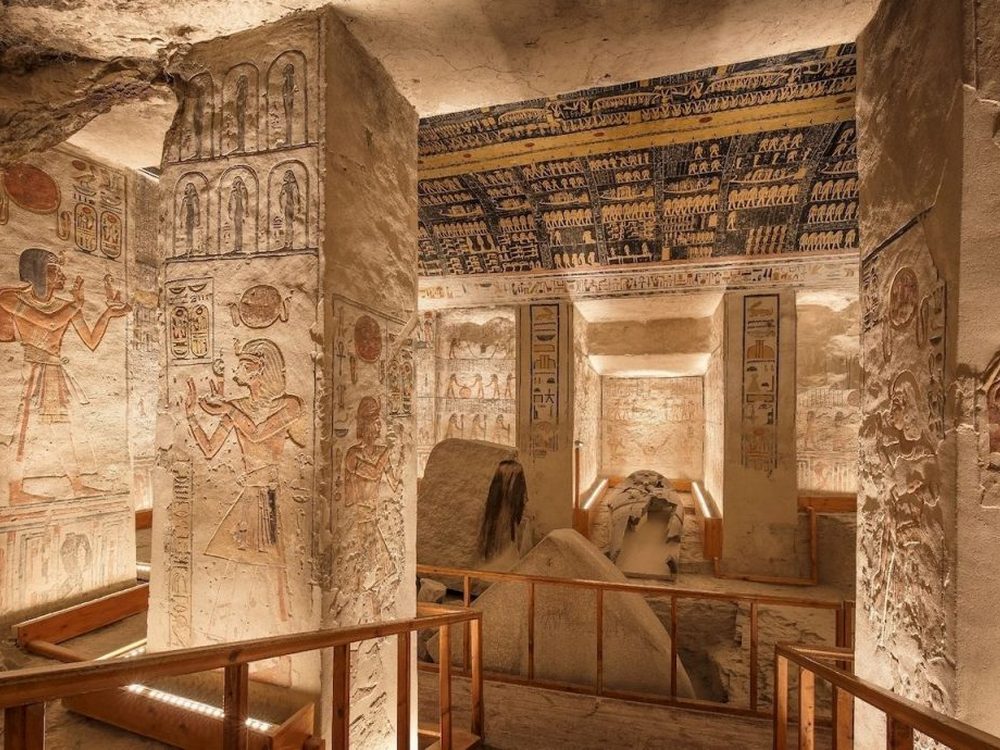
Tomb of Ramses III
The Tomb of Ramses III, located in the Valley of the Kings (KV11), is one of the most remarkable burial sites of Egypt’s New Kingdom period. Ramses III was the last great ruler of the 20th Dynasty and is often regarded as the last significant pharaoh before Egypt entered a period of decline. His tomb, although not as famous as those of some of his predecessors, is incredibly well-preserved and filled with beautiful wall paintings and inscriptions that depict the king’s journey to the afterlife. The tomb is notable for its detailed artwork, including scenes of Ramses III’s battles, offerings to the gods, and his interactions with divine beings.
Tomb of Ramses III Tours & Excursions
The Basics
The Tomb of Ramses III (KV11) is one of the largest and most architecturally complex in the Valley of the Kings. The tomb features an impressive entrance with a long, descending corridor that leads to a burial chamber adorned with vivid, colorful scenes. The walls are covered with reliefs showing Ramses III offering prayers to various gods, as well as depicting his victories in battle. The tomb's interior is not only significant for its art but also for its historical inscriptions, which provide insight into Ramses III’s reign, including records of his military campaigns and his final judgment in the afterlife.
Things to Know Before You Go
The Tomb of Ramses III is less crowded than the more famous tombs in the Valley of the Kings, providing visitors with a quieter and more contemplative experience. The tomb is easily accessible from the main road in the valley, but like all tombs, expect a bit of walking to reach it. Photography is not allowed inside to protect the frescoes, and it’s a good idea to bring water and wear comfortable shoes, as the tomb can be warm and humid. The tomb's significance is highlighted by the fact that it contains some of the best-preserved wall reliefs in the Valley of the Kings.
How to Get There
The Tomb of Ramses III is located within the Valley of the Kings, which is situated on the west bank of the Nile near Luxor. The tomb can be easily reached by taxi, private vehicle, or as part of a guided tour. Visitors purchasing a general ticket for the Valley of the Kings can include the Tomb of Ramses III in their itinerary, as it is one of the accessible tombs in the valley. Many tourists visit the Valley of the Kings as part of a comprehensive Luxor tour, and guides are available to explain the rich history and artwork inside the tomb.
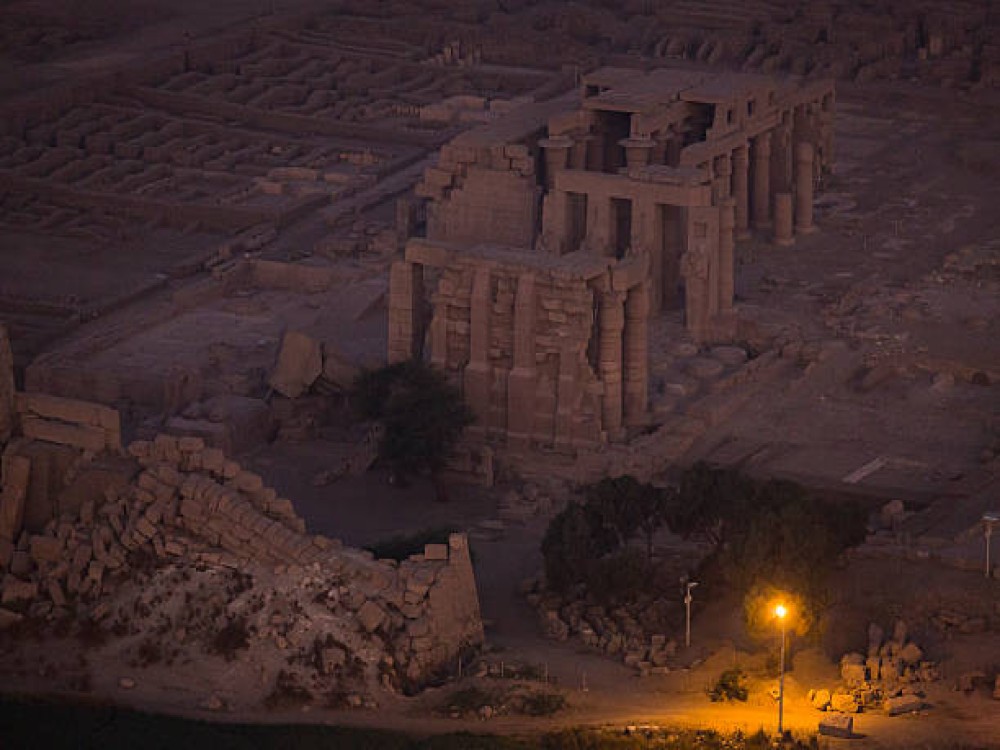
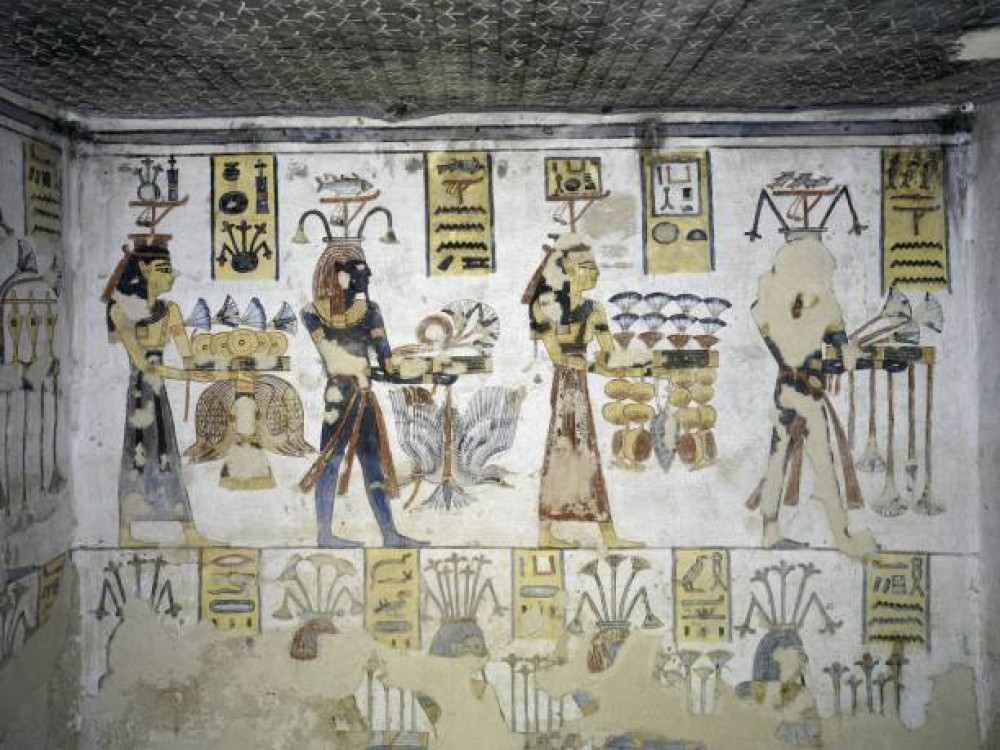
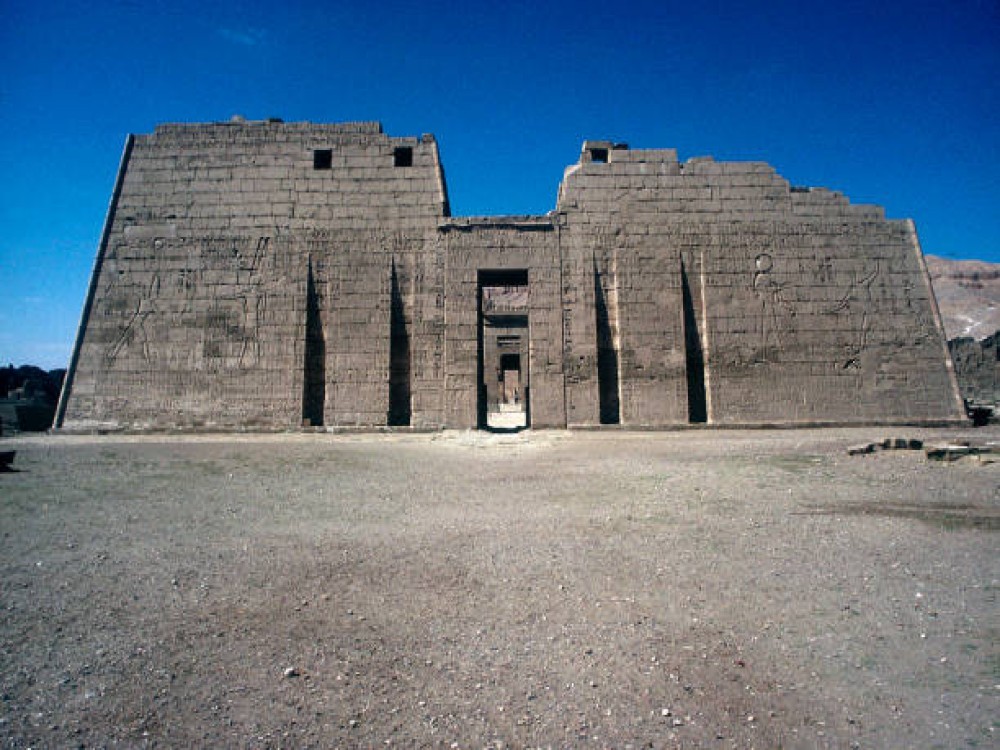
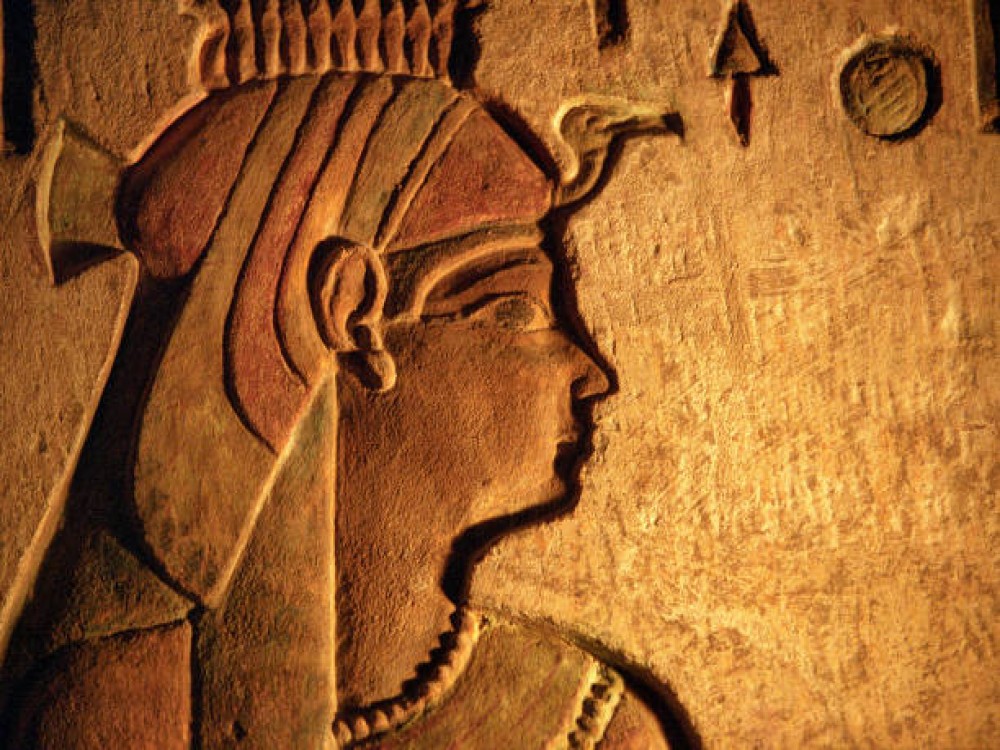
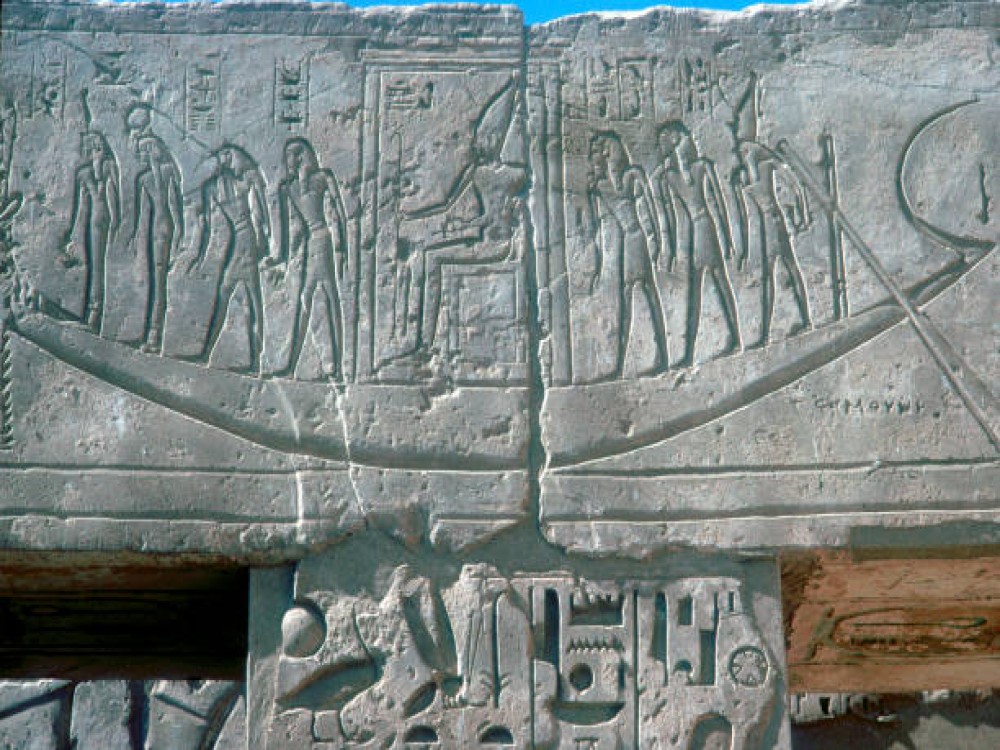
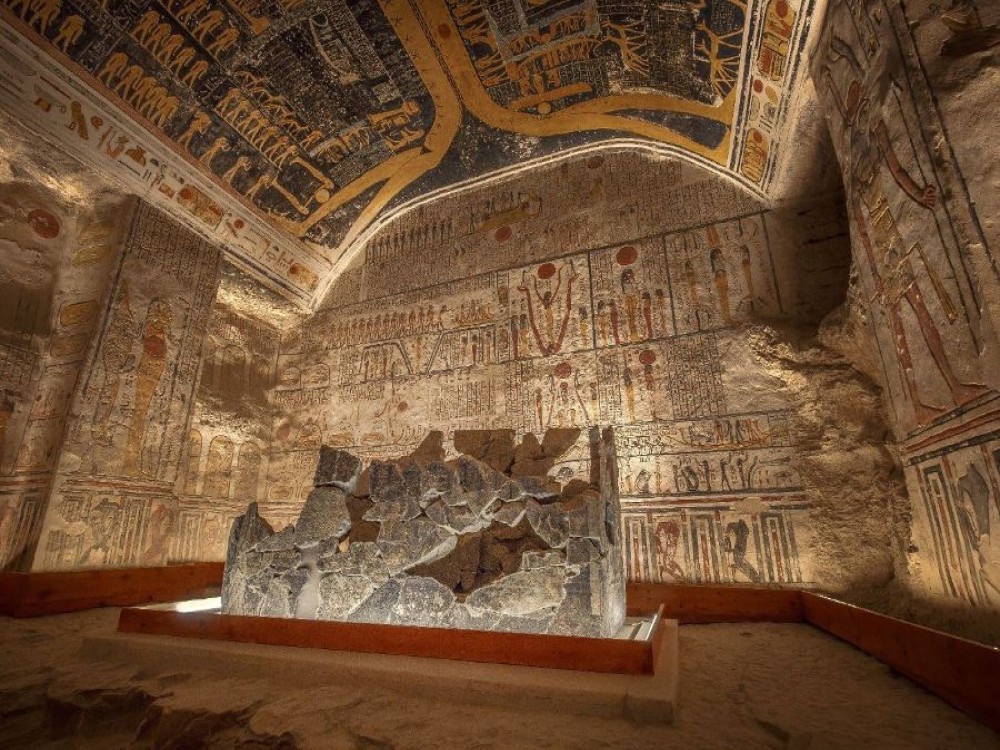
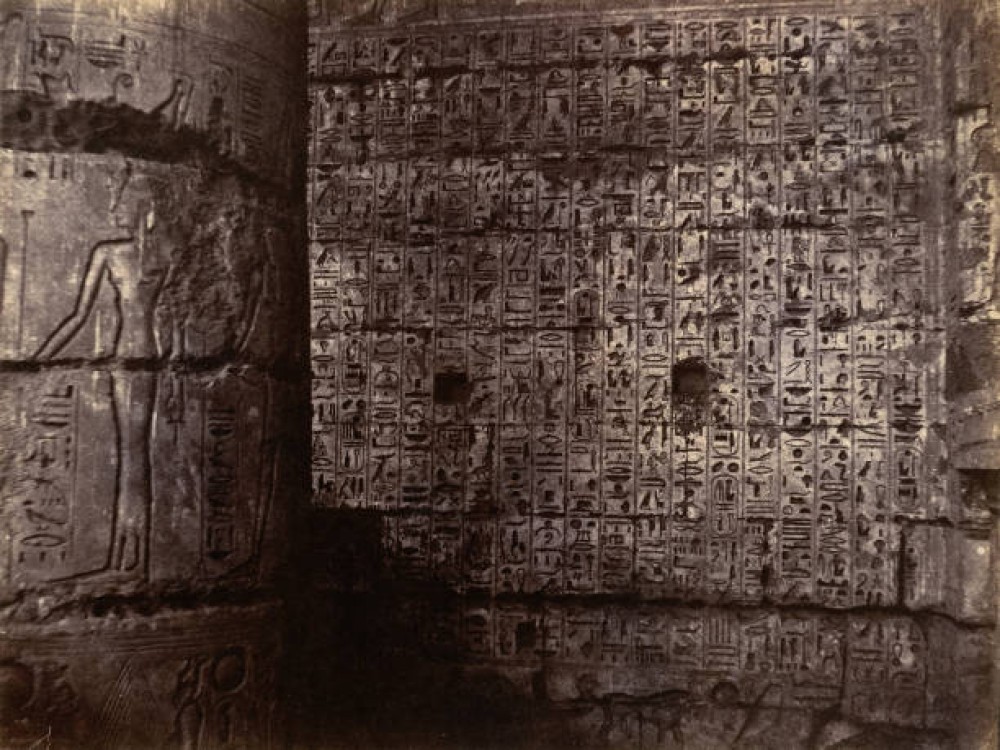

When to Get There
The best time to visit the Tomb of Ramses III is during the cooler months, from October to April. As with other tombs in the Valley of the Kings, it is advisable to visit early in the morning or later in the afternoon to avoid the heat of midday. The Valley of the Kings can get quite warm during the summer, so early visits allow for a more comfortable and relaxed exploration of the tomb. The tomb is also less crowded in the morning, providing a more peaceful atmosphere for visitors.
Day Trips from Luxor
The Tomb of Ramses III is included in most day trips to the Valley of the Kings, which typically also feature visits to other famous tombs, such as those of Tutankhamun and Seti I. Many tour operators in Luxor offer guided trips that provide insight into the tomb’s history and the significance of its artwork. If visiting independently, you can easily arrange for a private guide or explore the tomb on your own. The Tomb of Ramses III is a must-visit for those looking to experience the art and history of Egypt’s late New Kingdom period in a less crowded, more intimate setting.
Copyright © 2025 All Rights Reserved


